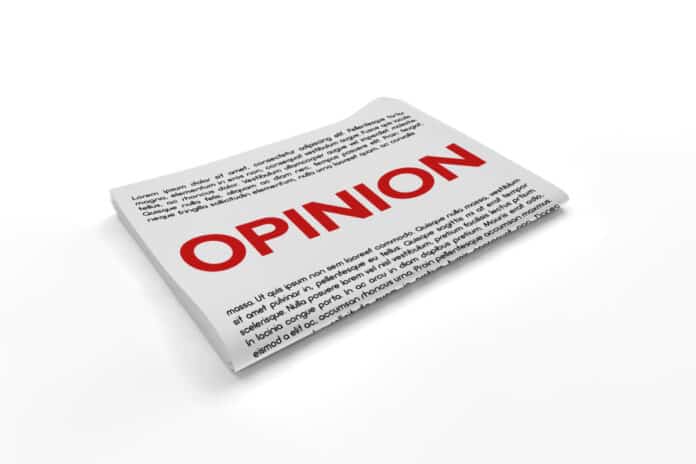Fort Wayne Journal Gazette
It comes down to this: Is voting a right or a privilege?
For too long, Indiana has presumed the latter. We’ve looked for ways to make voting just a little harder for the people who have the most trouble voting.
Now, Gov. Eric Holcomb and Secretary of State Connie Lawson face one of the biggest voting-rights-related decisions in Indiana history: Whether to allow “no-excuse” voting by mail in this fall’s election. Given the uncertainties of the pandemic at this point, failure to act could mean thousands of Hoosiers could face the choice of possibly being exposed to COVID-19 or being disenfranchised.
Opponents of Indiana’s efforts to make voting harder often presume they are efforts by Republicans to eliminate minority, poor and elderly voters who might be more likely to vote Democratic.
“No-excuses” voting by mail isn’t really a partisan issue. Both parties have instituted such systems in other states; both Democrats and Republicans have won in places it is used.
The current dilemma stems from a good decision Holcomb and Lawson made as the pandemic descended in the spring. They postponed the primary election and bypassed the rule requiring voters who wished to cast a ballot by mail to be 65 years old or meet one of several other specific criteria.
Voters could still vote in person early or on Election Day. State officials decided to keep in place an unfortunate requirement that mailed ballots must be received at the polls by noon on Election Day, an arbitrary deadline six hours before polls closed.
The results? A decent turnout by Indiana standards, more voting by mail than ever — and Hoosiers who mailed in their votes were able to avoid possible exposure to the coronavirus.
There were problems, noted Jane Henegar, executive director of ACLU of Indiana: “Ballots not reaching people till the last minute; people requesting ballots and not receiving them. Mailing was slowed down by the pandemic.”
That, she said, led to more cases where the ballots didn’t reach polling places on time.
Indiana election officials had only a few weeks to prepare for the primary. There is far more time to prepare for the general election.
Or at least there has been. Every minute Lawson and Holcomb delay makes it less likely the state can be prepared for all contingencies in a year that has already amply demonstrated the need for that. Gearing up for a big increase in mail-in ballots may mean acquiring specialized supplies and equipment. Staff must be hired and trained.
Perhaps Holcomb and Lawson are counting on a miracle that will deliver Indiana from the clutches of the coronavirus just as election season opens. Perhaps they’re listening to the president, who has loudly denounced vote by mail as a plot to steal the election.
Perhaps they fear “voter fraud” — the ever-present boogeyman used to justify restrictions on voting. But no one has ever demonstrated that voter fraud in any form is a significant problem.
“It just doesn’t exist,” Henegar said. “It’s anywhere between .0003% of (votes cast) or lower.” A 2014 Washington Post study of more than 1 billion votes cast found just 31 cases of “impersonation” of a voter
It’s fair to say no one knows what things will be like in early November. But the disruptive prospects of a continuing threat from COVID-19 could make a decision to allow no-excuse mail voting crucial.
Officials should stop dithering, endorse no-excuse voting and let planning for this daunting task get under way.
As Henegar says, “We don’t have a voter-fraud problem; we have a voter-participation problem.”
Send comments to [email protected].



